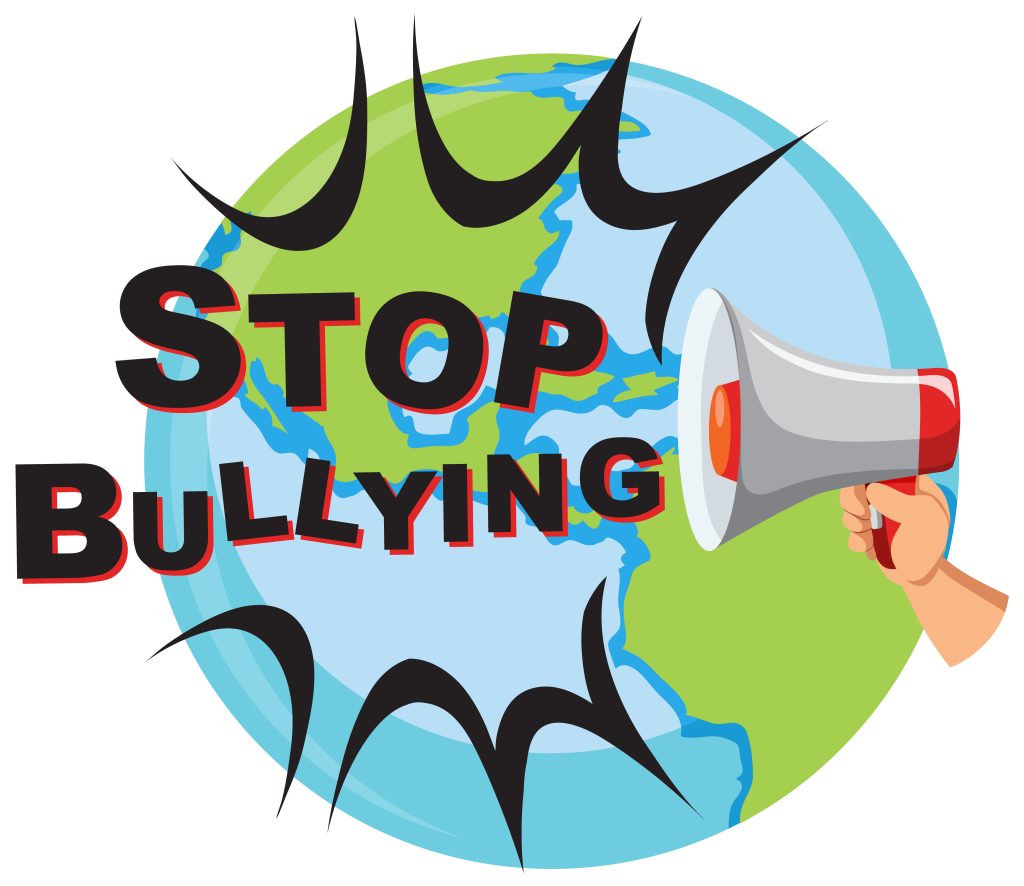Bullying is an issue that can impact the lives and social welfare of individuals in serious ways. Not only does it affect the person doing the bullying but also, just as importantly, those being bullied. This unfortunate trend has been observed for some time now with recent studies revealing just how hurtful it can be to both parties involved in a targeted dynamic. The effects of being bullied are immense leading to decreased physical and mental health, struggles academically along with loneliness due to disengagement from peers and community members. On top of this, those engaging in the act of bullying face similar sets of problems which further amplify their existing issues or potentially lead them down darker paths than they may have originally gone down otherwise. In order to highlight these serious consequences this article will discuss what negative effects take place when an individual either bullies another person or is on the receiving end at its hands.

Consequences of Bullying
It is generally accepted that children who bully others suffer from some form of maladjustment and are motivated by the need to establish their status within a social network. Although perpetrators of bullying behavior have contradictory attitudes and contrasting characteristics, there are some fixed and common features among them. According to various studies, children and youth who bully others have poor social skills, possess few assets, have psychopathological disorders, and have few competencies that the peer group values. However, it is worth noting that different psychological profiles emerge that are directly influenced by the child’s potential social status. High-status perpetrators aim to be popular, socially skilled, and leaders. They rank high on assets and competencies. In general, all bullies utilize aggression instrumentally to gain and maintain dominance.
The consequences of bullying for the perpetrators are commonly categorized into two groups:
- Psychosomatic Problems
Children who bully others are at risk of developing psychosomatic problems. Studies have shown that children and teenagers between the ages of 7 and 16 have psychosomatic complaints.
- Psychotic Problems
Whether a child is involved in a bullying incident as a witness, the perpetrator, or the victim there will be an increased risk of developing mental health problems. Statistically speaking, there is a much higher chance of developing psychological problems at the age of 18 if one has displayed or has been exposed to bullying behavior.
Children Who Bully and Are Also Bullied
In comparison to those who are either categorized as bullies, the victims, or the witnesses, children who have both been subjected to and display such behavior seem to be more liable to developing a much more pervasive and severe range of psychological and behavioral problems that would lead to low academic achievement and poor social function.
Some of the common problems that children who bully and are also bullied are prone to are as follows:
Physical Health Problems
Sleep difficulties, alcohol consumption, tea or coffee consumption, and illegal drug use are common problems among children who are both perpetrators and targets in bullying incidents.
Psychosocial Problems
It is shown that like the children who are only bullied, those who are both perpetrators and targets tend to have psychosocial maladjustment, peer relationship problems, and health problems. Also, quite similar to individuals who are only perpetrators, children who both bully and are bullied experience low academic achievement and illegal substance use.

Internalizing Problems
Findings have shown that the school-age population who bully others and are also bullied are more at risk of suicidal ideation and dangerous behavior due to an increased amount of mental health problems.
Externalizing Problems
It is reported that demonstrating heightened aggression, being socially ostracized by peers, displaying conduct problems, a lessened amount of engagement at school, and elevated levels of depression and loneliness are major common externalized problems among children and youth who bully and are also bullied. One such manifestation of bullying behavior in the popular media is the occurrence of incidents such as a school shooting that is a violent behavior with roots in externalizing one’s problems and associating it with a wider population.
Psychotic Problems
As mentioned earlier, different studies have shown that individuals who are both perpetrators and targets are at increased risk of high levels of critical symptoms of psychosis. Bullying does not only affect the victim, when such incidents occur the repercussions would affect the whole community. Therefore, if aggressive behavioral problems of this nature are observed it is advised to take every possible measure to ensure the safety of children and the community through addressing the problem at its earlier stages.
Last Word
In conclusion, individuals who engage in both bullying and being bullied experience a range of negative consequences that can significantly impact their lives. This dual role places them at a heightened risk for various physical, emotional, and social difficulties. The cycle of aggression and victimization not only perpetuates harmful behaviors but also hinders personal development and well-being. It is crucial for society to recognize the serious implications of this dual role and prioritize comprehensive interventions that address both bullying and victimization, promoting healthier and safer environments for all individuals involved.






